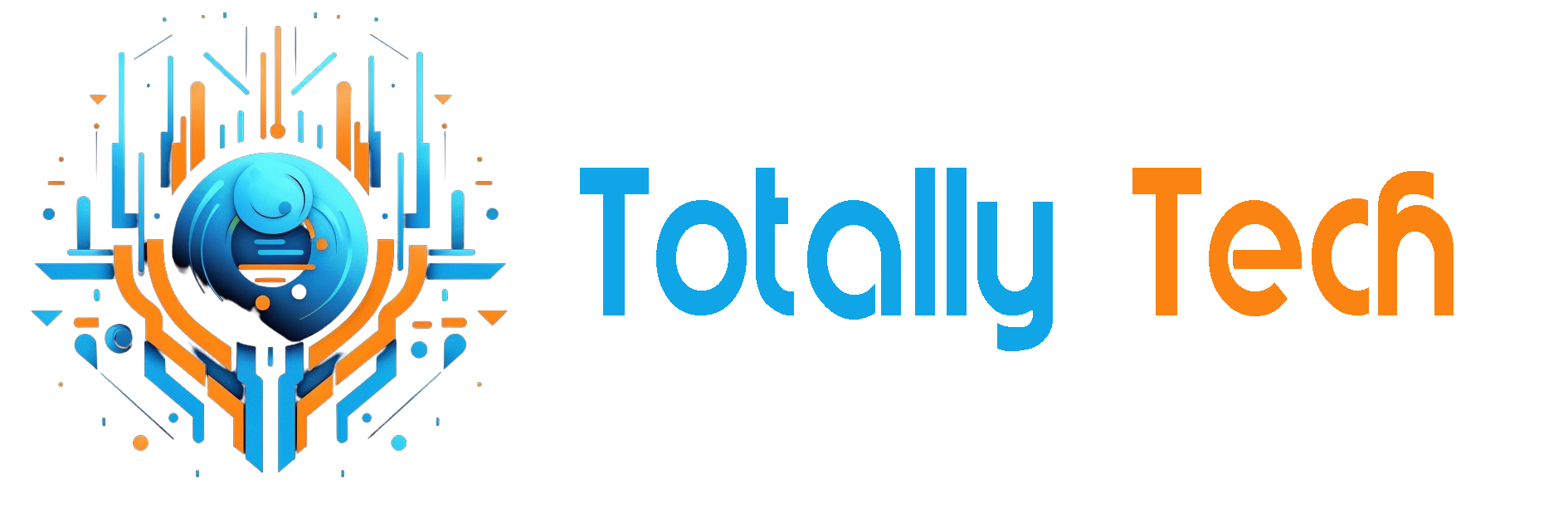
In April 2025, OpenAI introduced its most advanced models to date, o3 and o4-mini. These models represent a major step forward in the field of Artificial Intelligence (AI), offering new capabilities in visual analysis and coding support. With their strong reasoning skills and ability to work with both text and images, o3 and o4-mini can handle a variety of tasks more efficiently.
The release of these models also highlights their impressive performance. For instance, o3 and o4-mini achieved a remarkable 92.7% accuracy in mathematical problem-solving on the AIME benchmark, surpassing the performance of their predecessors. This level of precision, combined with their ability to process diverse data types such as code, images, diagrams, and more, opens new possibilities for developers, data scientists, and UX designers.
By automating tasks that traditionally require manual effort, such as debugging, documentation generation, and visual data interpretation, these models are transforming the way AI-driven applications are built. Whether it is in development, data science, or other sectors, o3 and o4-mini are powerful tools that support the creation of smarter systems and more effective solutions, enabling industries to tackle complex challenges with greater ease.
Key Technical Advancements in o3 and o4-mini Models
OpenAI’s o3 and o4-mini models bring important improvements in AI that help developers work more efficiently. These models combine a better understanding of context with the ability to handle both text and images together, making development faster and more accurate.
Advanced Context Handling and Multimodal Integration
One of the distinguishing features of the o3 and o4-mini models is their ability to handle up to 200,000 tokens in a single context. This enhancement enables developers to input entire source code files or large codebases, making the process faster and more efficient. Previously, developers had to divide large projects into smaller parts for analysis, which could lead to missed insights or errors.
With the new context window, the models can analyze the full scope of the code at once, providing more accurate and reliable suggestions, error corrections, and optimizations. This is particularly beneficial for large-scale projects, where understanding the entire context is important to ensuring smooth functionality and avoiding costly mistakes.
Additionally, the o3 and o4-mini models bring the power of native multimodal capabilities. They can now process both text and visual inputs together, eliminating the need for separate systems for image interpretation. This integration enables new possibilities, such as real-time debugging through screenshots or UI scans, automatic documentation generation that includes visual elements, and a direct understanding of design diagrams. By combining text and visuals in one workflow, developers can move more efficiently through tasks with fewer distractions and delays.
Precision, Safety, and Efficiency at Scale
Safety and accuracy are central to the design of o3 and o4-mini. OpenAI’s deliberative alignment framework ensures that the models act in line with the user’s intentions. Before executing any task, the system checks whether the action aligns with the user’s goals. This is especially important in high-stakes environments like healthcare or finance, where even small mistakes can have significant consequences. By adding this safety layer, OpenAI ensures that the AI works with precision and reduces the risks of unintended outcomes.
To further enhance efficiency, these models support tool chaining and parallel API calls. This means the AI can run multiple tasks at the same time, such as generating code, running tests, and analyzing visual data, without having to wait for one task to finish before starting another. Developers can input a design mockup, receive immediate feedback on the corresponding code, and run automated tests while the AI processes the visual design and generates documentation. This parallel processing accelerates workflows, making the development process smoother and more productive.
Transforming Coding Workflows with AI-Powered Features
The o3 and o4-mini models introduce several features that significantly improve development efficiency. One key feature is real-time code analysis, where the models can instantly analyze screenshots or UI scans to detect errors, performance issues, and security vulnerabilities. This allows developers to identify and resolve problems quickly.
Additionally, the models offer automated debugging. When developers encounter errors, they can upload a screenshot of the issue, and the models will pinpoint the cause and suggest solutions. This reduces the time spent troubleshooting and enables developers to move forward with their work more efficiently.
Another important feature is context-aware documentation generation. o3 and o4-mini can automatically generate detailed documentation that stays current with the latest changes in the code. This eliminates the need for developers to manually update documentation, ensuring that it remains accurate and up-to-date.
A practical example of the models’ capabilities is in API integration. o3 and o4-mini can analyze Postman collections through screenshots and automatically generate API endpoint mappings. This significantly reduces integration time compared to older models, accelerating the process of linking services.
Advancements in Visual Analysis
OpenAI’s o3 and o4-mini models bring significant advancements in visual data processing, offering enhanced capabilities for analyzing images. One of the key features is their advanced OCR (optical character recognition), which allows the models to extract and interpret text from images. This is especially useful in areas like software engineering, architecture, and design, where technical diagrams, flowcharts, and architectural plans are integral to communication and decision-making.
In addition to text extraction, o3 and o4-mini can automatically improve the quality of blurry or low-resolution images. Using advanced algorithms, these models enhance image clarity, ensuring a more accurate interpretation of visual content, even when the original image quality is suboptimal.
Another powerful feature is their ability to perform 3D spatial reasoning from 2D blueprints. This allows the models to analyze 2D designs and infer 3D relationships, making them highly valuable for industries like construction and manufacturing, where visualizing physical spaces and objects from 2D plans is essential.
Cost-Benefit Analysis: When to Choose Which Model
When choosing between OpenAI’s o3 and o4-mini models, the decision primarily depends on the balance between cost and the level of performance required for the task at hand.
The o3 model is best suited for tasks that demand high precision and accuracy. It excels in fields such as complex research and development (R&D) or scientific applications, where advanced reasoning capabilities and a larger context window are necessary. The large context window and powerful reasoning abilities of o3 are especially beneficial for tasks like AI model training, scientific data analysis, and high-stakes applications where even small errors can have significant consequences. While it comes at a higher cost, its enhanced precision justifies the investment for tasks that demand this level of detail and depth.
In contrast, the o4-mini model provides a more cost-effective solution while still offering strong performance. It delivers processing speeds suitable for larger-scale software development tasks, automation, and API integrations where cost efficiency and speed are more critical than extreme precision. The o4-mini model is significantly more cost-efficient than the o3, offering a more affordable option for developers working on everyday projects that do not require the advanced capabilities and precision of the o3. This makes the o4-mini ideal for applications that prioritize speed and cost-effectiveness without needing the full range of features provided by the o3.
For teams or projects focused on visual analysis, coding, and automation, o4-mini provides a more affordable alternative without compromising throughput. However, for projects requiring in-depth analysis or where precision is critical, the o3 model is the better choice. Both models have their strengths, and the decision depends on the specific demands of the project, ensuring the right balance of cost, speed, and performance.
The Bottom Line
In conclusion, OpenAI’s o3 and o4-mini models represent a transformative shift in AI, particularly in how developers approach coding and visual analysis. By offering enhanced context handling, multimodal capabilities, and powerful reasoning, these models empower developers to streamline workflows and improve productivity.
Whether for precision-driven research or cost-effective, high-speed tasks, these models provide adaptable solutions to meet diverse needs. They are essential tools for driving innovation and solving complex challenges across industries.
The post How OpenAI’s o3 and o4-mini Models Are Revolutionizing Visual Analysis and Coding appeared first on Unite.AI.


